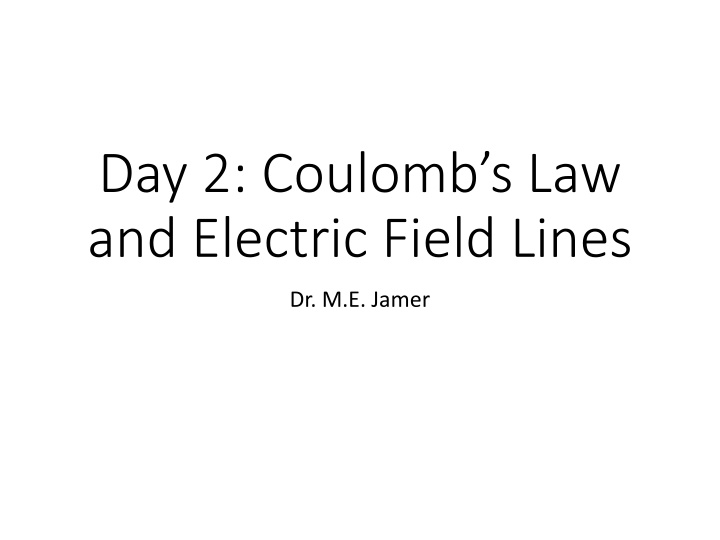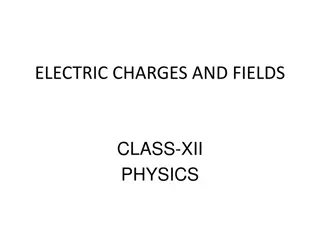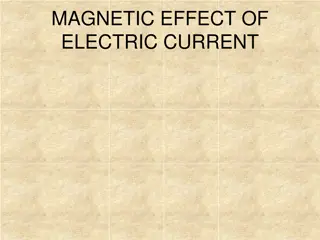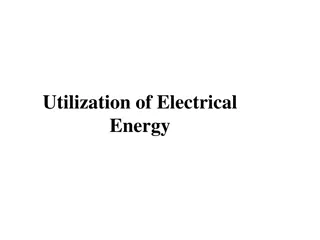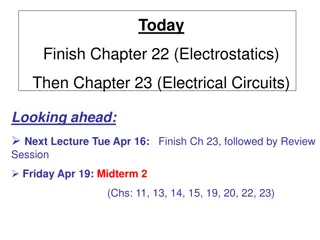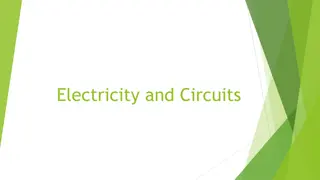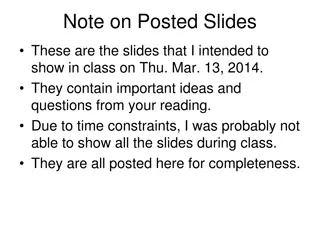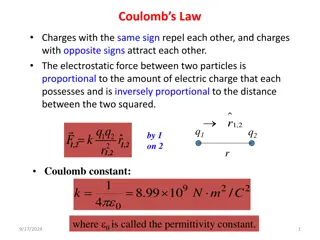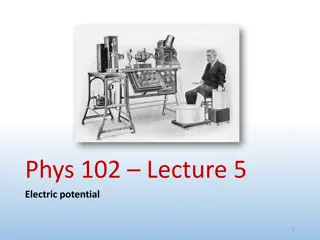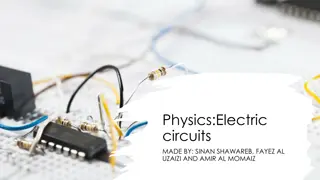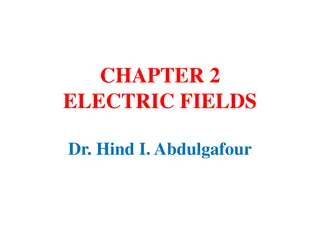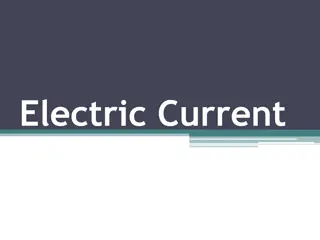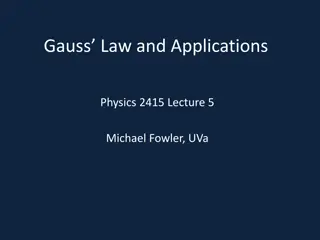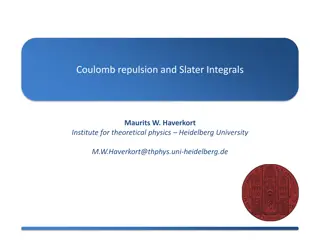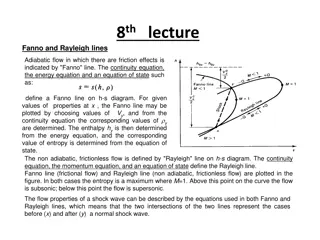Coulomb's Law and Electric Field Lines
Learn about Coulomb's Law, electric field lines, and how charges interact without touching. Explore the concept of electric fields and how to calculate them, along with understanding dipole configurations and similar charge interactions through informative visuals and explanations.
Download Presentation

Please find below an Image/Link to download the presentation.
The content on the website is provided AS IS for your information and personal use only. It may not be sold, licensed, or shared on other websites without obtaining consent from the author.If you encounter any issues during the download, it is possible that the publisher has removed the file from their server.
You are allowed to download the files provided on this website for personal or commercial use, subject to the condition that they are used lawfully. All files are the property of their respective owners.
The content on the website is provided AS IS for your information and personal use only. It may not be sold, licensed, or shared on other websites without obtaining consent from the author.
E N D
Presentation Transcript
Day 2: Coulombs Law and Electric Field Lines Dr. M.E. Jamer
Coulombs Law: ? =? ?1?2 ? ?2
Adding a 3rd Charge If we want to solve for the net force on the 3rd particle: F2 F1 F1 is in the negative direction F2 is in the positive direction F3 = F2 -F1
Electric Fields Charges particles exert forces on eachother without touching. We can imagine that the electric charge creates a field around itself to explain the Force it exerts on it s environment.
Electric Field Equation We cannot measure an electric field at every point for this we place a test charge to help us calculate the Force on that charge at a specific location/point. ? =? ?0 The units are Newtons per Coulomb (N/C).
Electric Field Lines Electric Field lines move from the positive charge to negative charge.
Electric Field- Problems How To Solve? Make a Test Charge Draw Field Lines from Positive to Negative Key Concept: If there is more charge (double), the field lines are more dense (2x more dense).
How to Calculate an Electric Field from a point charge ? =??0?2 ?0is the test charge ? ?2 ? ? ???????? ????? ?? ?????? ??? ????????? ?0 ? =? ?0 ? ?? ???? ???? ?????? ? ?????? ??? ? = ? ? ? = ?0?
If you have a dipole- the Electric Fields look like this: An electric dipole is a separation of positive and negative charges by some distance.
If you have similar charges, the electric field lines look like this: Is it obvious that the charges repel each other?
